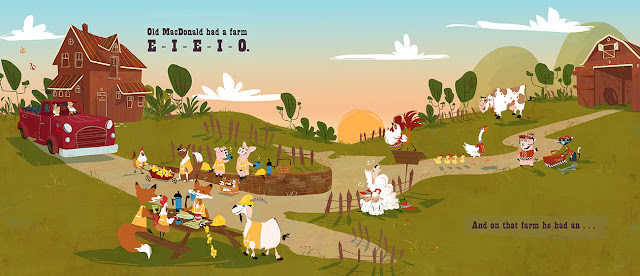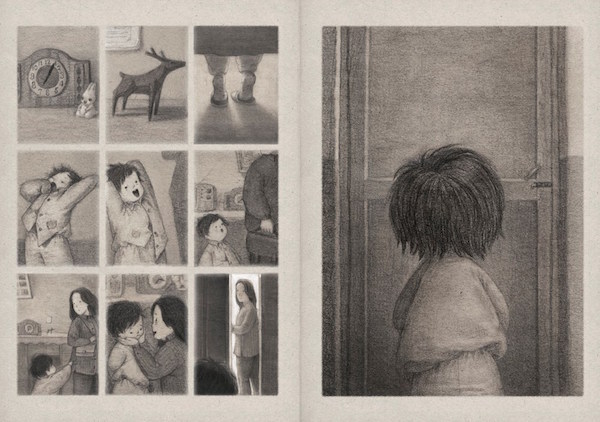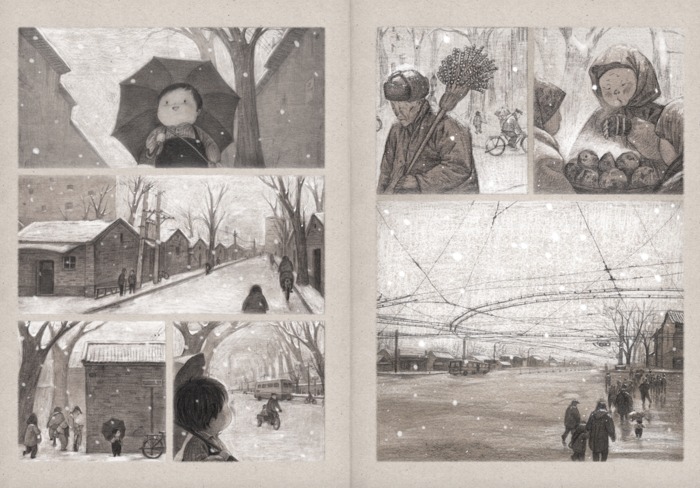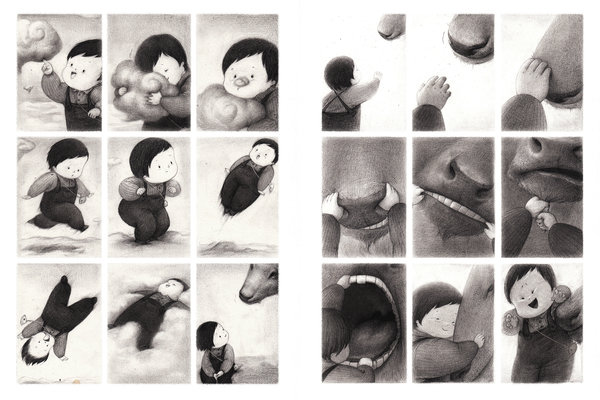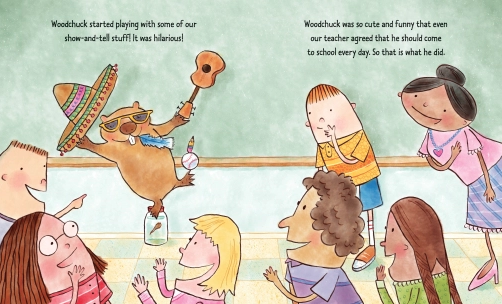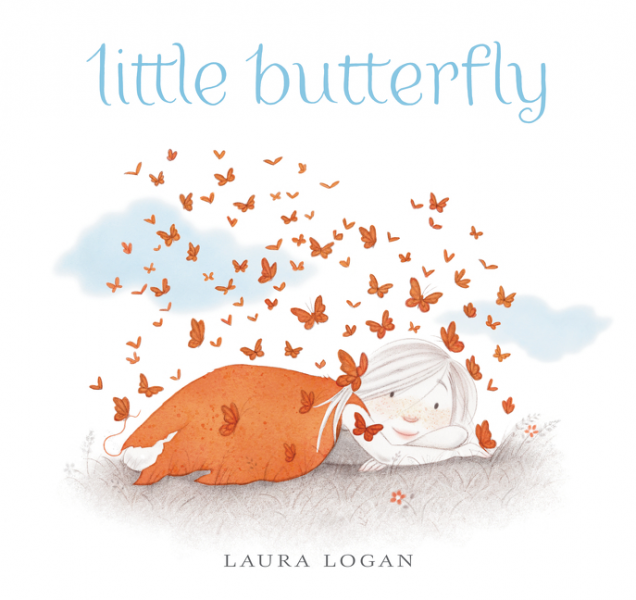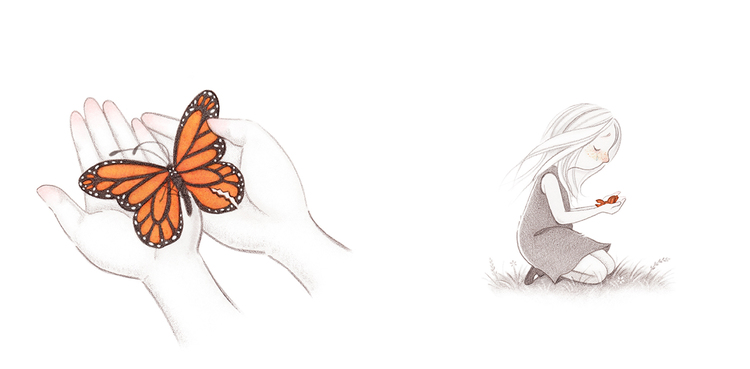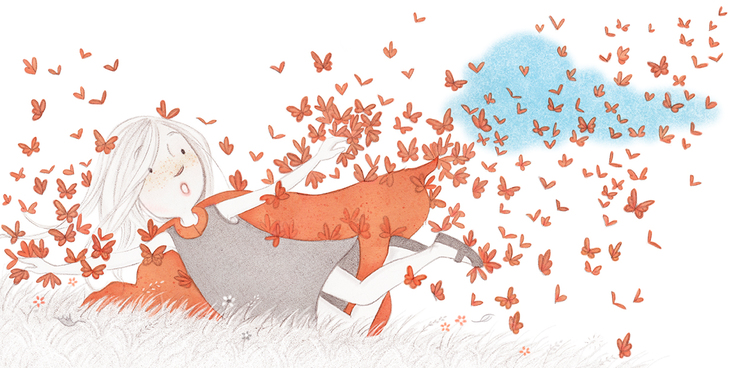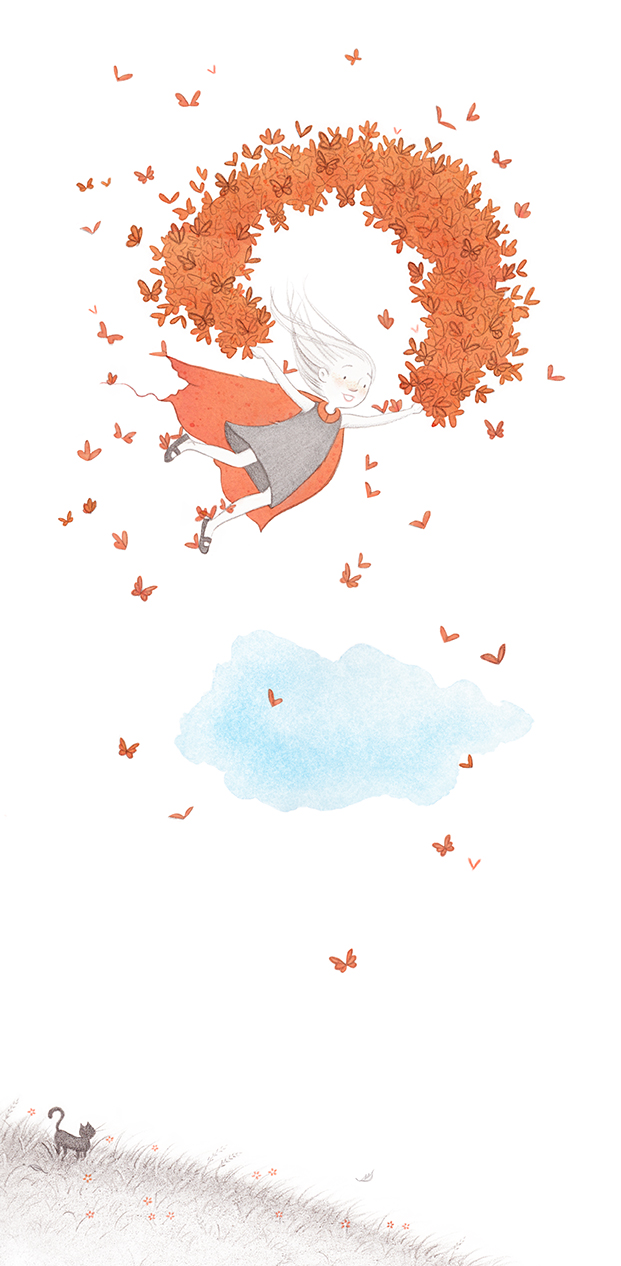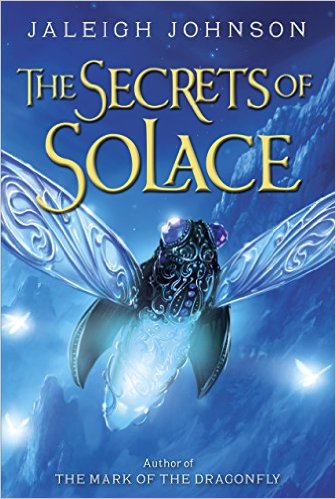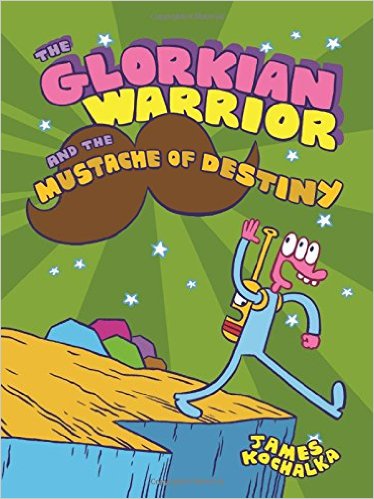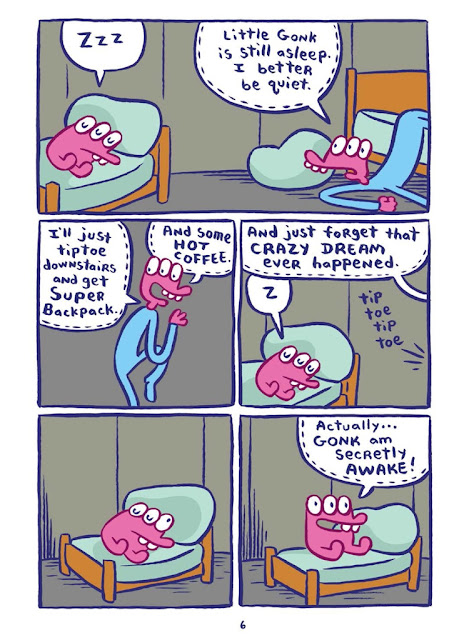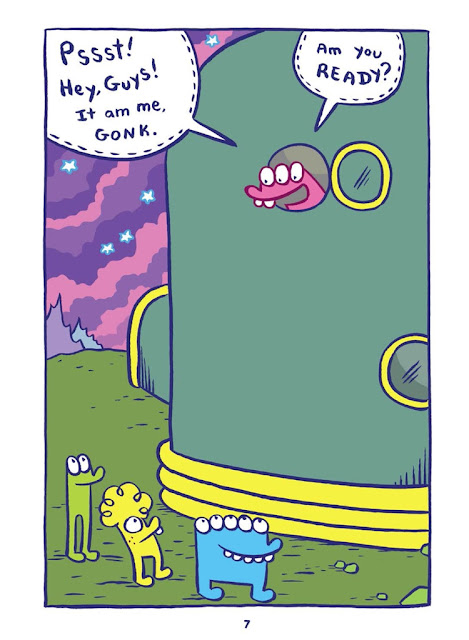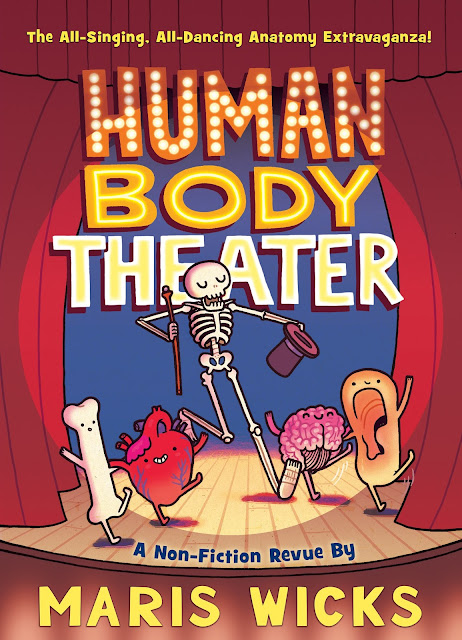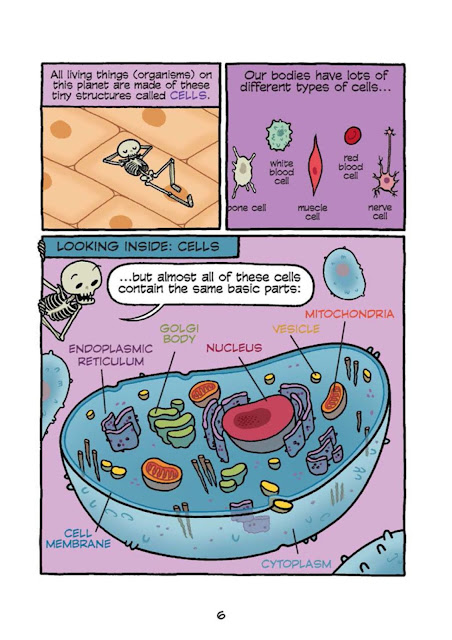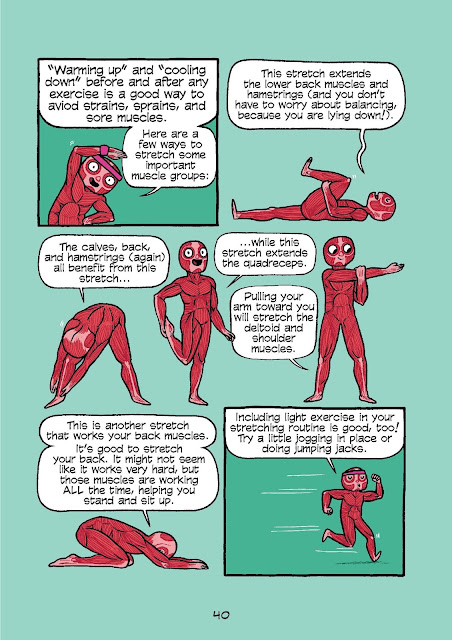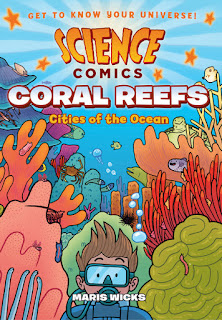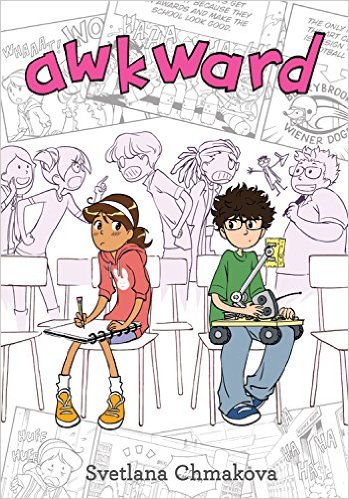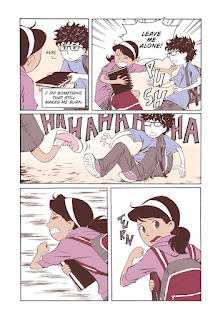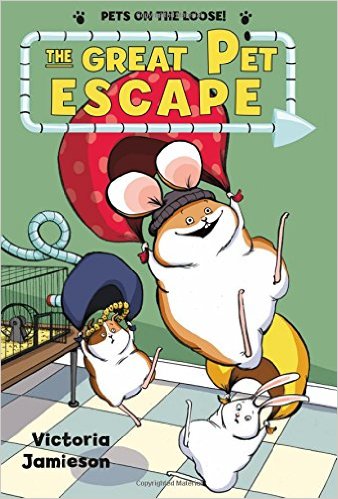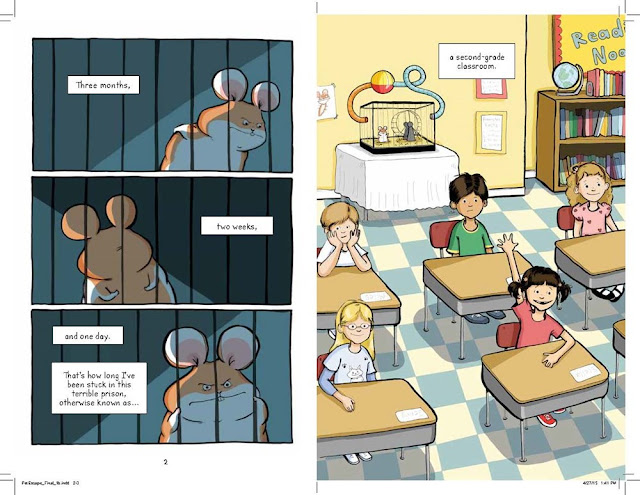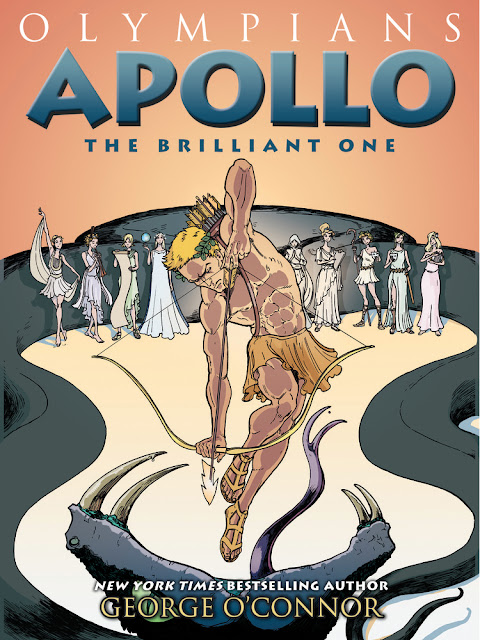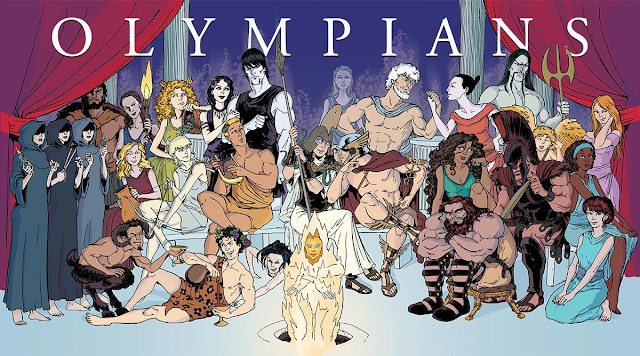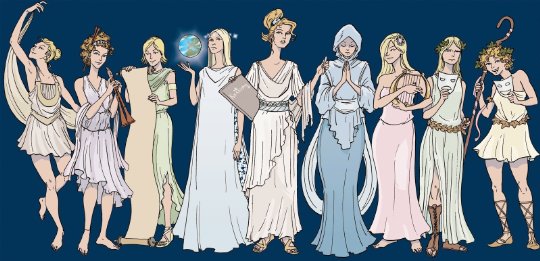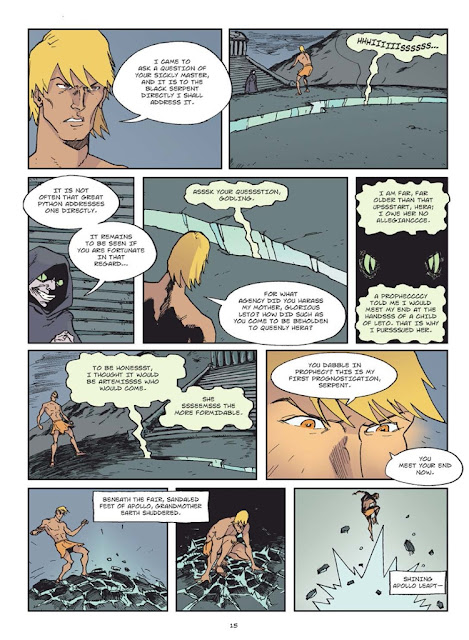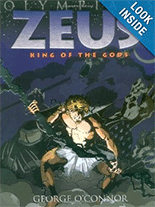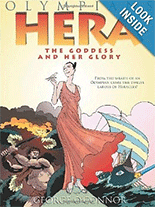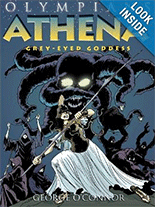Maybe because I am the mother of two boys, but, more likely because I loved Richard Scarry's Cars and Trucks and Things That Go as a child, I always love a good picture book with trucks and trains, of all kinds. And Old MacDonald Had a Truck by debut Steve Goetz, perfectly, marvelously illustrated by Eda Kaban, is a VERY good truck book. In fact, it's the kind of book that, after reading, will make you smack yourself on the forehead and wonder why you didn't think of this idea.
First of all, Kaban's endpapers show a fantastic assortment of tools that will grab any little truck lover's interest right away. Old MacDonald Had a Truck begins with a grey haired couple driving down a dirt road in a big, old truck. As they pull into the farmyard, we see that the animals are abuzz with activity. Tools are out, hard hats are on and something is definitely going on.
As the song/story unfolds, page turns reveal that Old MacDonald has TRUCKS and not animals on his/her farm. I read this out loud, for the very first time, to a class of kindergartners and their delight at the first page turn was palpable. They would have been completely happy for Old MacDonald to have a cow, but when they discovered he had an excavator, well, that was awesome. In fact, they loved it so much that we read it two times in a row.
Another awesome aspect of Old MacDonald Had a Truck are the movements that replace the animal sounds. Instead of quacking and mooing here and there, readers and listeners get to DIG DIG, PUUUSH PUSH and SPIN WHIRL, all of which lend themselves to great hand gestures. And, as happened to me, you may get so caught up in the rhythm of the story/song that you don't notice or forget that, instead of "E-I-E-I-O" as a refrain, Goetz changes it to match the purpose of each truck. So, as above, the bulldozer goes, "E-I-E-I-MOW," and so on, adding to the fun.
Steve Goetz was inspired to write this wonderful book by his son, who, while singing the classic song one day changed the lyrics so that Old MacDonald had a monster truck on his farm. Tweaking the song, Goezt brings it home by the end of Old MacDonald Had a Truck when it becomes clear that the construction equipment has been used to create a monster truck arena, complete with bleachers for the farm animals (who have foam fingers, popcorn and cotton candy) and the old red truck from the first page has been retooled into a monster truck. As if this whole scenario couldn't get any better, the refurbished monster truck, zooming off a jump, is driven by Mrs. Old MacDonald, a laughing Mr. Old MacDonald in the passenger seat!
Cool, fun, catchy and clever in all the best ways, Old MacDonald Had a Truck is such a fun book that is a joy to read!
Source: Review Copy

